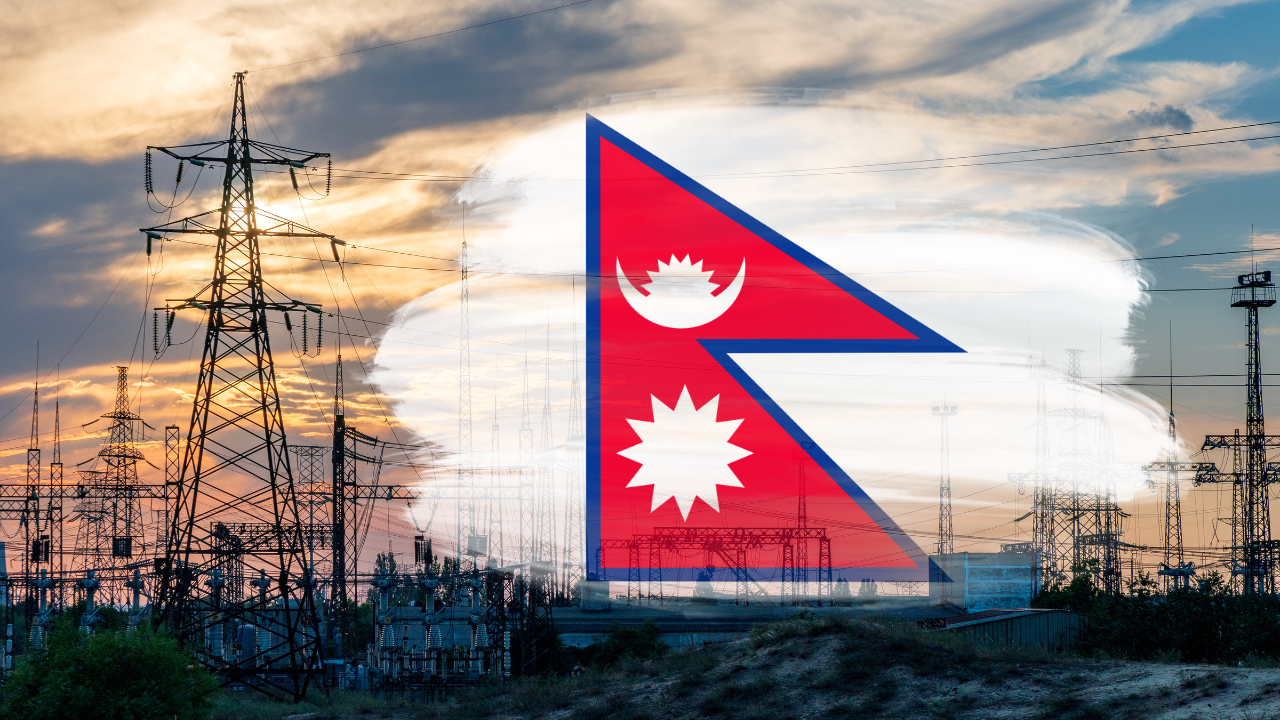
In a remarkable turnaround, Nepal has emerged as a net electricity exporter for the first time in the fiscal year 2023/24. This monumental achievement marks a turning point in the country’s energy history and holds profound implications for its economic development and regional standing.
The Nepal Electricity Authority (NEA) reported exporting electricity worth Rs 16.93 billion (NPR) to India during FY 2023/24, while imports from India amounted to Rs 16.81 billion. This translates to a net profit of Rs 120 million, a modest yet symbolic victory for Nepal’s energy sector.
What Led to This Transformation?
- Hydropower Boom: Nepal’s rich hydropower potential has been increasingly harnessed, with significant investments in new projects and upgrades to existing ones. The country currently exports around 690 MW of electricity to the Indian market.
- Favorable Policies: Government policies that encouraged private sector participation in hydropower development and streamlined the export process have played a crucial role.
- Increased Domestic Generation: Growing domestic power generation has not only met local demand but also created a surplus for export.
- Seasonal Advantage: Nepal strategically exports surplus electricity during the peak production season (June to November) and imports during the dry season when hydropower generation decreases.
Future Projections and International Agreements
Nepal’s strategy involves not only bolstering its electricity production but also strengthening its export capability, particularly to neighboring countries like India and Bangladesh.
The country is negotiating long-term agreements to secure stable export channels, which include a proposed 25-year intergovernmental agreement with India to sell excess electricity.
Moreover, with a vision to diversify its energy mix, Nepal is also investing in solar power projects and exploring the potential for green hydrogen production as part of its commitment to achieving zero carbon emissions by 2045.
Implications for Nepal
- Economic Boost: Revenue generated from electricity exports can significantly contribute to Nepal’s economic growth, reduce trade deficits, and fund development projects.
- Energy Security: Increased domestic generation and export capabilities enhance Nepal’s energy security and reduce dependence on imported fossil fuels.
- Regional Cooperation: Nepal’s ability to export electricity strengthens its position in regional energy cooperation and trade, fostering stronger ties with neighboring countries.
- Environmental Benefits: Hydropower, a renewable energy source, contributes to a cleaner environment and reduces carbon emissions.
Challenges and Opportunities Ahead
While the milestone is a cause for celebration, challenges remain:
- Seasonality: Nepal’s hydropower generation is heavily dependent on monsoon rains, leading to a seasonal imbalance in production.
- Infrastructure: Expanding and modernizing transmission lines and substations is crucial to exploit the export potential fully.
- Market Access: Negotiating favorable power purchase agreements with India and exploring new export markets is essential for sustained growth.
Expert Opinions: Cautious Optimism
Energy experts have expressed cautious optimism about Nepal’s future as a net electricity exporter. They emphasize the need for continued investments in hydropower, diversified energy sources, and robust infrastructure to ensure long-term sustainability.
Conclusion
Nepal’s status as a net electricity exporter represents a dramatic shift in its energy narrative, from enduring crippling power cuts to becoming an energy-exporting nation. This evolution not only signifies a robust domestic energy sector but also enhances Nepal’s geopolitical stature in the region, providing a foundation for economic growth and sustainable development. By building on this momentum, Nepal can continue its journey towards a more prosperous and sustainable future.





![How To Check SIM Owner Name in NTC [Step-by-Step Guide]](https://localpatrika.com/wp-content/uploads/2024/08/How-To-Check-SIM-Owner-Name-in-NTC-100x75.webp)
![Nothing Phones Price in Nepal [Updated 2024]](https://localpatrika.com/wp-content/uploads/2024/08/Nothing-Phones-price-in-Nepal-100x75.webp)

